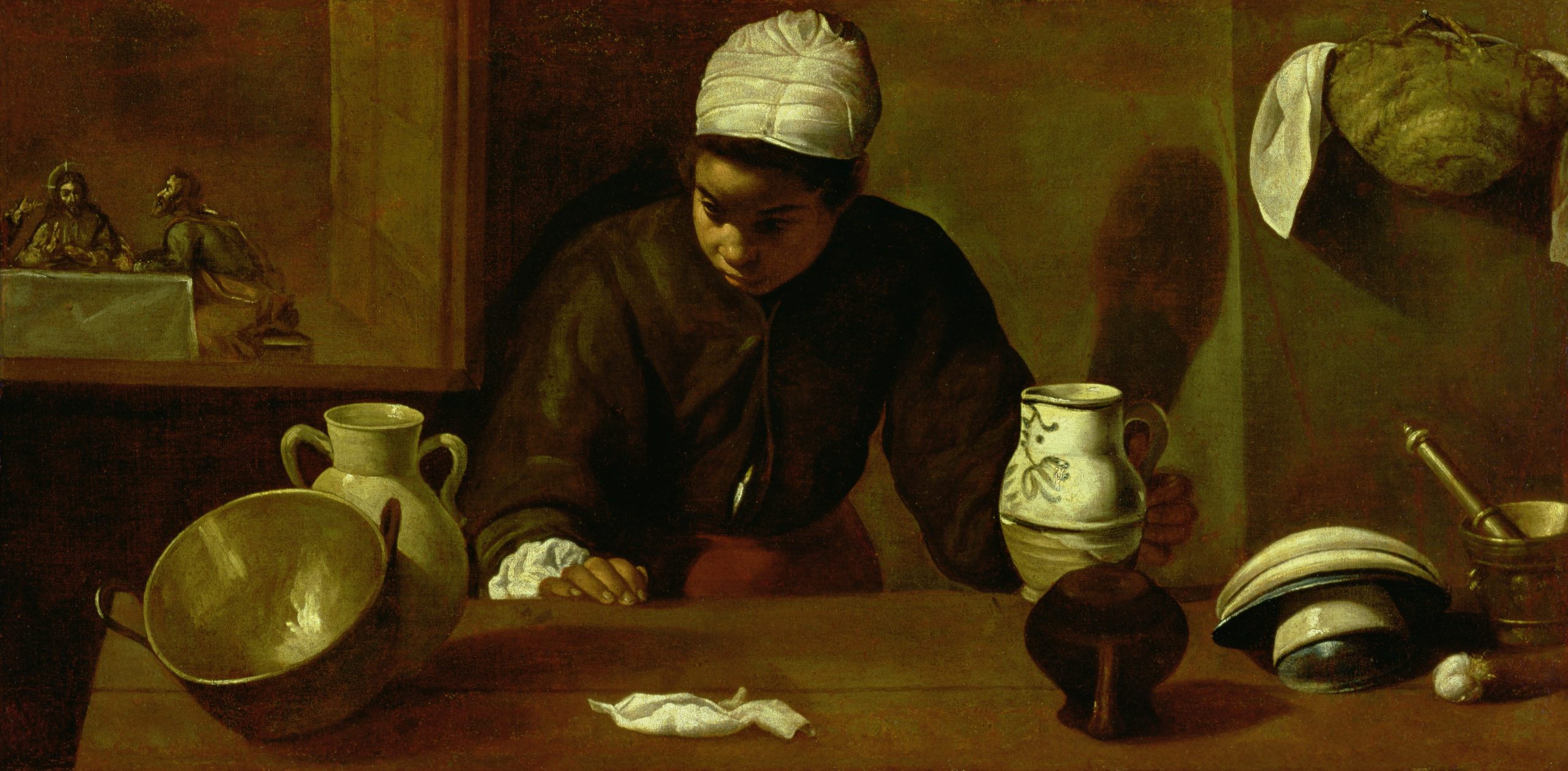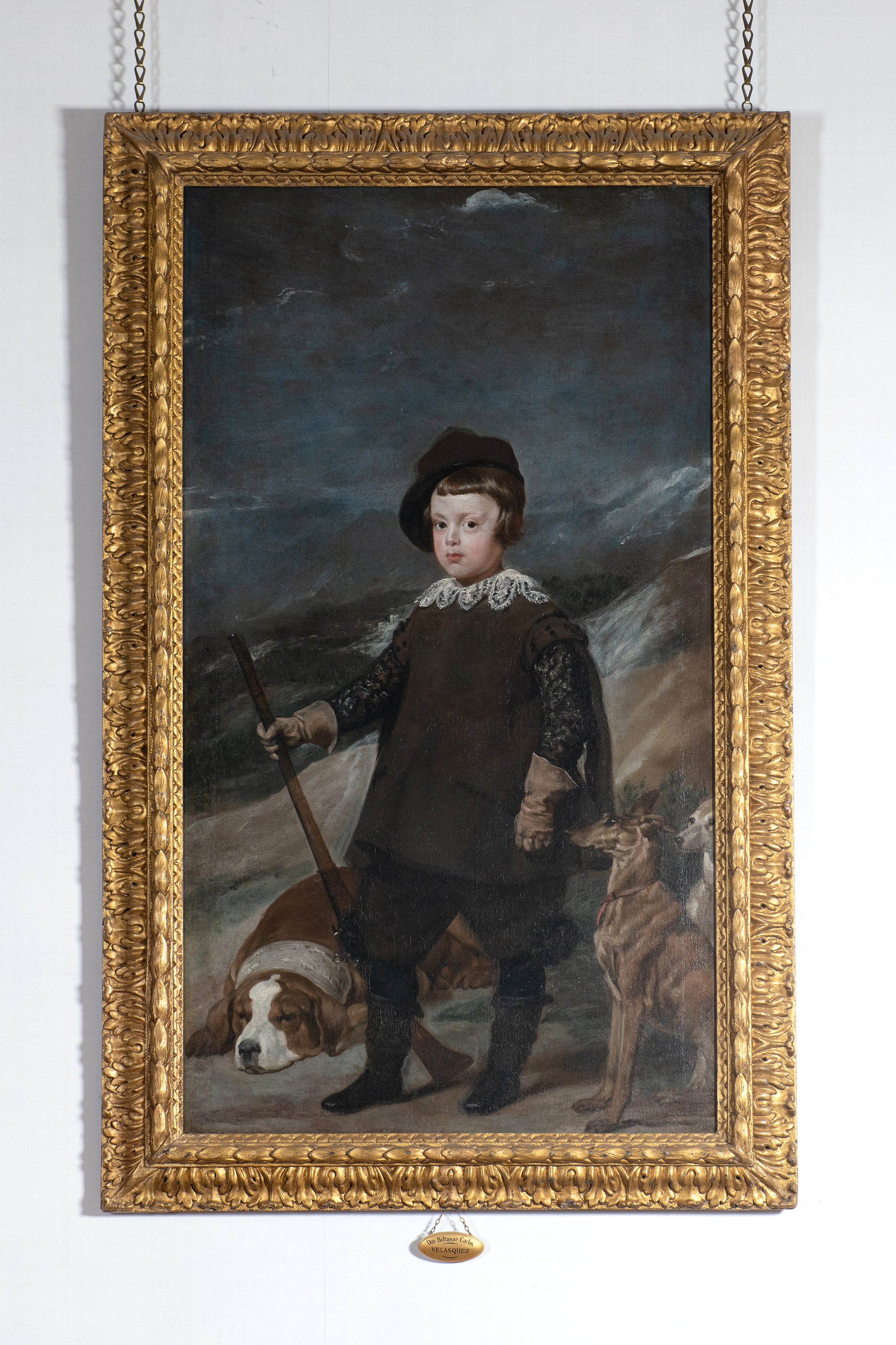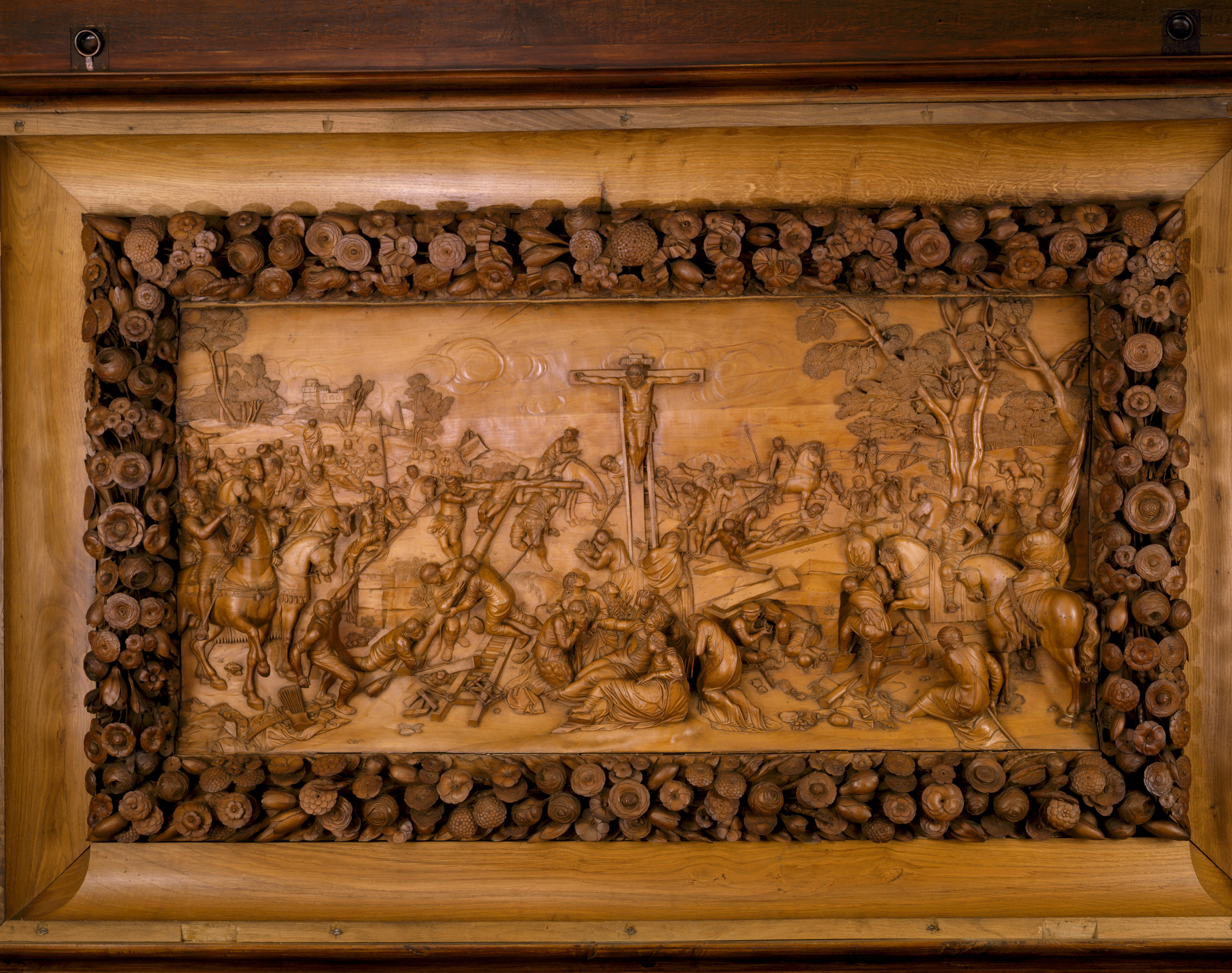My favourite painting: Greg Doran
Theatre director Greg Doran chooses a domestic work by one of the great masters.


Greg Doran on his choice, 'Kitchen Maid with the Supper at Emmaus' by Diego Velázquez
‘I happened on this painting recently and it made me catch my breath. Although open to interpretation, to me this painting is a backstage picture, a scene behind the scenes. A young woman is putting away the pots when her attention is caught by the sound of conversation in the room behind her.
'What she overhears has stopped her in her tracks. The risen Christ has appeared to two of his disciples on the road to Emmaus.
'No wonder the maid seems stunned by what she hears. I immediately responded to its gentle power and embracing compassion.’
Greg Doran is director emeritus at the Royal Shakespeare Company. His productions include Hamlet, starring David Tennant, in 2008 and King Lear, starring Antony Sher, in 2016.
Charlotte Mullins comments on 'Kitchen Maid with the Supper at Emmaus'
The Spanish artist Diego Velázquez completed Kitchen Maid with the Supper at Emmaus when he was still a teenager. By 1618, he had already served a six-year apprenticeship in Seville with the painter Francisco Pacheco and successfully set up his own studio. He married his former teacher’s daughter at about the time he completed this painting and they had two daughters before Velázquez moved to Madrid as Philip IV’s official artist in 1623, when he was only 24 years old.
This painting is one of a pair — the other version resides in the Art Institute of Chicago in the US. It is known as a bodegón or still life, a genre Velázquez specialised in as a young man. A young mixed-race serving woman stands awkwardly behind a table, positioned by the artist so it looks like a counter. On it are a range of empty kitchen vessels, as well as a mortar and pestle. A framed scene of Jesus having supper at Emmaus appears on the wall behind her, both painting and window to another world.
Many different readings have been proposed for this painting, from the presence of Christ in daily life to the laziness of servants. The staging suggests that these servants could be mistreated and thought of as possessions by their employers. The woman’s faraway gaze and hunched position, as if she is catching her breath, coupled with her undone bodice and extended cuff suggest some form of violation. Pots have been upended, a handkerchief dropped and the shadow of the jug she holds looms suggestively behind her.

The Ickworth Velazquez that's one of the very greatest treasures of the National Trust
In the final part of our series looking at the National Trust's finest treasures, we look at one of the

National Trust chairman René Olivieri: 'I am grateful that people have a view and feel strongly about these things. I want to hear criticisms'
The new National Trust chairman René Olivieri on an unexpected past and hopes for the future.

Nine of the most astonishing objects you can see at National Trust properties, from priceless paintings to a wooden leg to a simple tunic with a heartbreaking tale to tell
We're taking a look at nine of the greatest objects on display in the National Trust's properties across Britain.
Exquisite houses, the beauty of Nature, and how to get the most from your life, straight to your inbox.

Charlotte Mullins is an art critic, writer and broadcaster. Her latest book, The Art Isles: A 15,000 year story of art in the British Isles, will be published by Yale University Press in October 2025.